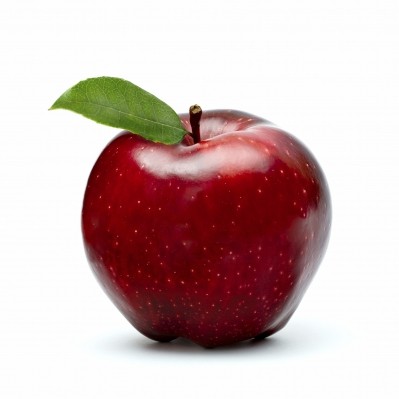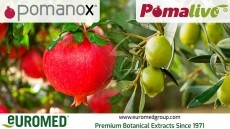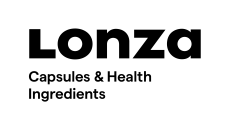Apples and onions may slash pancreatic cancer risk
berries may cut the risk of developing pancreatic cancer by about
25 per cent, a multi-ethnic study has reported.
The results, published in the American Journal of Epidemiology, indicate that the benefits may be even more pronounced amongst smokers, with a risk reduction of over 59 per cent. "This study provides evidence for a preventive effect of flavonols on pancreatic cancer, particularly for current smokers," wrote lead author Ute Nöthlings from the German Institute of Human Nutrition Potsdam-Rehbruecke. According to the US National Cancer Institute almost 38,000 new cases of pancreatic cancer are diagnosed every year in the US, with almost 34,000 deaths from the disease. British charity Cancer Research UK states that the pancreatic cancer has a poor prognosis overall since most cases are diagnosed quite late. Indeed, only one in every 50 cases will still be living five years after diagnosis, highlighting the importance of prevention for this type of cancer. The new study, part of the Multiethnic Cohort Study of 183,518 residents of California and Hawaii, reports that subjects with the highest consumption of flavonols from the diet had significant risk reductions, compared to the lowest consumption, with smokers particularly benefiting from flavonol-rich diets. The reason for the apparent added benefits for smokers was presumed to be due to smokers being at an increased risk of pancreatic cancer. The researchers, led by Laurence Kolonel from the Cancer Research Center of Hawaii, used food frequency questionnaires to assess dietary intakes and followed them for an average of eight years, with 529 incident cases of pancreatic cancer documented in the study population. The researchers also stated that theirs is the first study to examine prospectively specific classes of flavonols (quercetin, found in onions and apples; kaempferol, found in spinach and some cabbages; and myricetin, found mostly in red onions and berries) and pancreatic cancer risk. Of the three individual flavonols, they report that kaempferol was associated with the largest risk reduction (22 per cent) across all participants. The interaction with smoking status was statistically significant for total flavonols, quercetin and kaempferol. The extended benefits afforded to smokers did not appear to extend to former smokers, said the researchers. While no mechanistic study was performed by the researchers, the researcher indicated that the anti-cancer effects of these compounds may lie in their ability to the inhibit cell cycle, cell proliferation and oxidative stress. They called for further epidemiological studies in other populations and geographic regions to confirm the findings. Interest in flavonoids is growing rapidly and a mounting body of science, including epidemiological, laboratory-based and randomised clinical trials, continues to report the cancer-fighting potential of a number of different flavonoids, such as isoflavones, anthocyanidins and flavonols. According to Business Insights, the market potential for flavonoids in the dietetic and nutritional supplement market is in excess of €670m ($862m) for 2007, with annual increases of 12 per cent. Source: American Journal of Epidemiology Volume 166, Issue 8, Pages 924-931; doi:10.1093/aje/kwm172 "Flavonols and Pancreatic Cancer Risk- The Multiethnic Cohort Study" Authors: U. Nothlings, S.P. Murphy, L.R. Wilkens, B.E. Henderson and L.N. Kolonel











